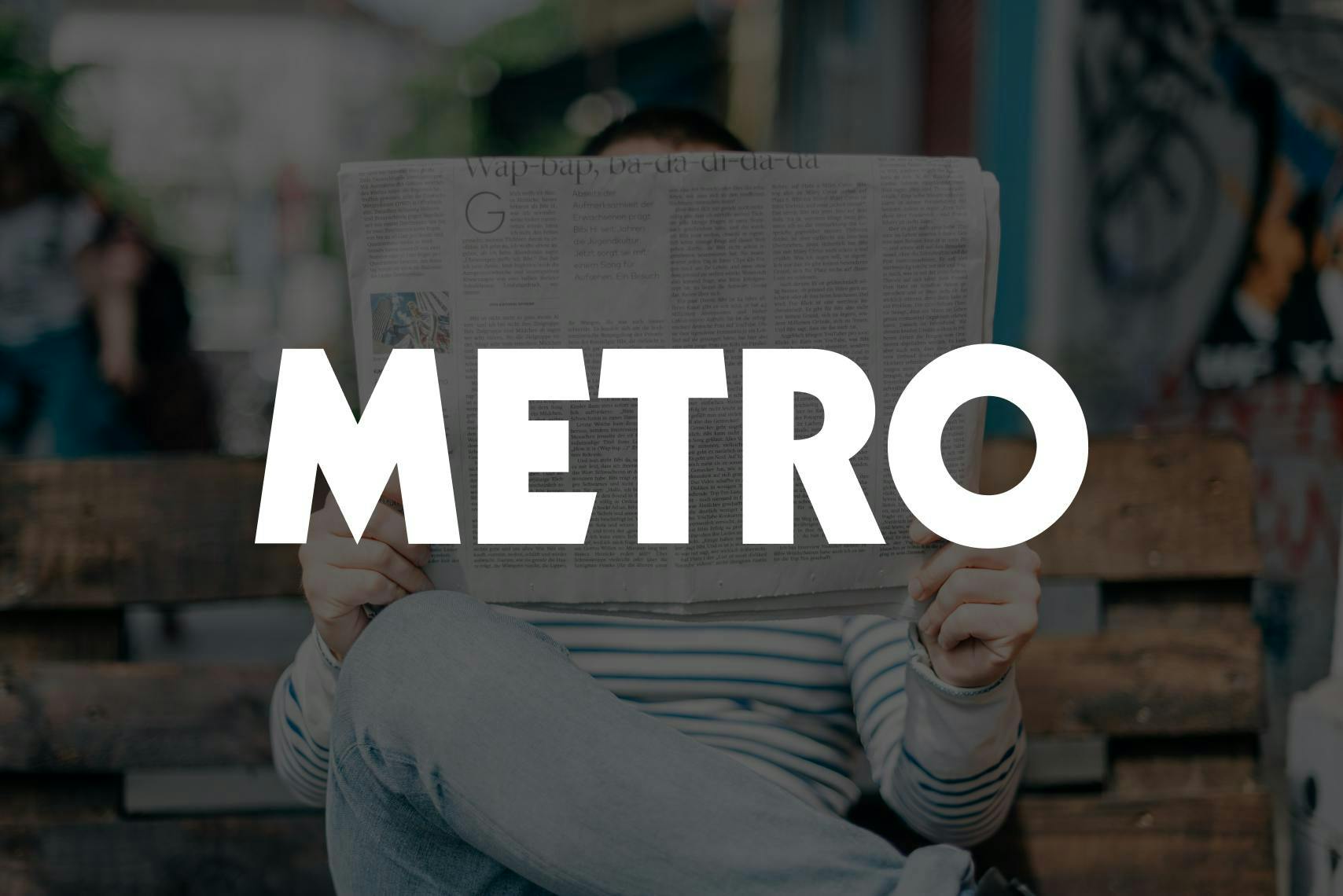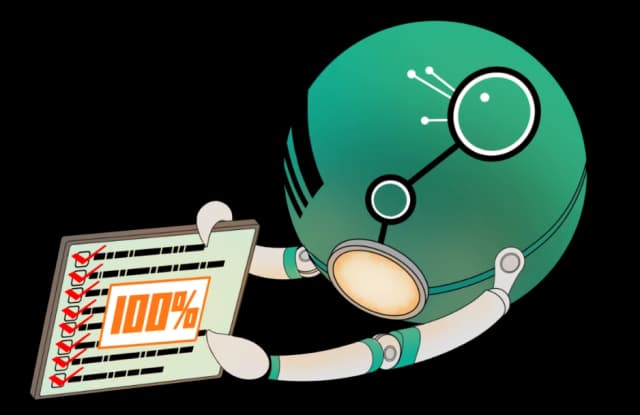
Metro

The Problem
Helping the Metro and Transport for London reduce litter with a new app
Available from free newspaper bins located outside of every station, the Metro is extremely popular with commuters. After the success of the print version, the Metro’s ownership began to actively invest in mobile experiences to provide commuters with easy access to the news wherever they were.
Rocketmakers CTO Keith Walker, who had previously worked with Transport for London, was aware that the growing number of discarded free newspapers was becoming a problem. In addition to providing a convenient way for consumers to consume news, he was convinced a Metro app would substantially reduce waste. After getting support from a major mobile platform, the Metro’s parent company asked Rocketmakers to create a new app which would provide their readers with a great user experience, and cut down on litter on the London Underground.
Our Discovery
Working with Metro to deliver a first-class user experience anywhere, any time
The Rocketmakers development team met several times with the Metro staff to scope the app’s feature set. Out of those meetings, the feature that quickly emerged as the biggest priority was users being able to access the app with no data signal. The hope was that readers on the London Underground could enjoy reading a digital version of the Metro just as much as the print version - but with no litter left behind for Underground staff to cope with.
The app the Metro hoped to have would do much more than just replicate the experience of reading the print version online. The expectation was that it could access the images, audio, and even video that was available on the Metro website (but still function for users when offline).

Our Approach
Creating an app that precisely fit the needs of morning commuters
To enable the app to work offline, Rocketmakers developed a mechanism which could access and download Metro content at a predetermined time each day, and then allow additional updates as requested by the user. To ensure the device’s memory capacity was not overloaded, old data was regularly expunged - but only after the new download had been completed. This ensured that users would never open the app offline and not see content.
Further steps were taken to give users control over memory use. Users could choose what time the daily download took place, and whether it should contain audio or video files.
One additional hurdle was configuring the content from the Metro’s database to work on the app. This required creating a system that could translate the HTML, allowing Metro content to appear seamlessly on the new mobile platform.
After getting enthusiastic approval from the Metro, the new app was launched!
The Result
An app that wowed users and cut down on waste
Built using the latest mobile technology of the time, the new Metro app provided users with an extremely reliable, robust product that was a perfect fit for the newspaper’s brand values and Microsoft's new design guidelines.
The Metro was extremely happy with the app, which quickly became a favourite with readers. They appreciated how well met their needs as commuters, and left hundreds of glowing 5 star reviews!
